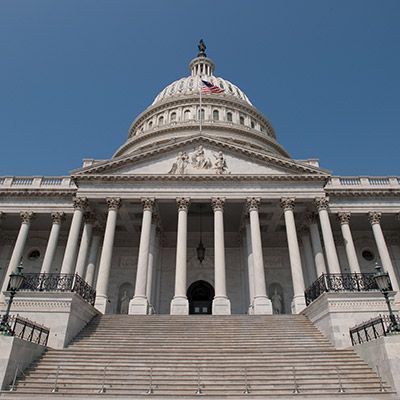Cancer
The Cancer Moonshot , meanwhile, is focused on accelerating cancer research, improving cancer detection, and increasing the accessibility of treatments to patients across the country.
Neurological disorders
Neurological disorders such as Alzheimer's and Parkinson's disease
negatively impact millions of American families. The Cures Act intends
to help find new and innovative treatments for these and other
neurological conditions through its funding of the BRAIN Initiative,
developed by the National Institutes of Health (NIH). Research from
this initiative will increase the understanding of the structure and
function of the brain and show, for the first time, how brain cells and
nerve circuits interact. This new knowledge, scientists believe, will
help lead to new disease treatments.
Rare diseases
For many patient advocates, one of the most exciting parts of the Cures
Act is the funding to extend the Rare Pediatric Disease Primary Voucher
Program, which the U.S. Food & Drug Administration can use to award
priority review vouchers to sponsors of rare pediatric disease product
applications that meet certain criteria. The National Organization for Rare Diseases
reports that there are about 7,000 rare diseases in the medical books,
and they affect around 1 in 10 Americans, more than 50 percent of whom
are children. Currently, more than 95 percent of these rare diseases
have no treatment and are considered to be life-threatening or
life-limiting.
Mental health
Limitations of the mental healthcare system in this country have been
part of an ongoing national conversation. The Cures Act addresses many
of these limitations and includes provisions that promote access to
mental healthcare. It incorporates parts of the Mental Health Reform Act
of 2016 and the Helping Families in Mental Health Crisis Act of 2016
and mandates the formation of a committee to provide ongoing assessment
research related to the prevention, diagnosis, intervention in and
treatment of mental health conditions. It also includes provisions to
help enforce mental health parity laws and implement early intervention
programs.

A deeper dive into the Cures Act
A web page from the U.S. House of Representative’s Energy and
Commerce Committee with more helpful Cures Act information and
resources.
However, we must continue to push medical progress forward in both the public and private sectors. Biomedical research of diseases that represent more than 80 percent of all U.S. deaths receives less than half of its funding from the NIH, according to 2015 research from the University of Rochester Medical Center that appeared in the Journal of the American Medical Association. The authors also found that the allocation of research resources does not reflect the burden of disease on society.
“Medical innovation offers many life-saving and economic benefits,” says Cardinal Health Chief Medical Officer Shaden Marzouk. “The 21st Century Cures Act is a much-needed step forward for medical progress, but we must maintain and strengthen our collective commitment to the necessary work of discovering.
No comments:
Post a Comment